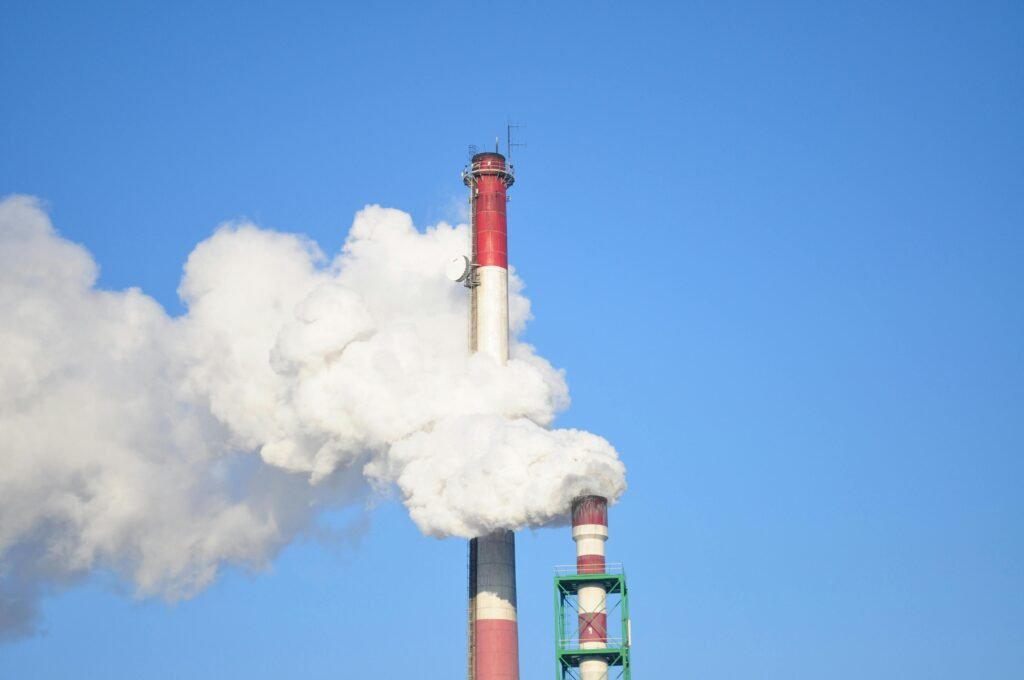
Large cities across the world consistently record higher surface and air temperatures than surrounding rural landscapes. This temperature gap is not coincidental; it is driven by a well-documented phenomenon known as the Urban Heat Island (UHI) effect. UHI emerges from the way cities are built, powered, and used.
Built Surfaces Trap and Retain Heat
Urban cores are dominated by asphalt, concrete, and other dense materials that absorb heat during the day and release it slowly at night. Unlike soil or vegetation, these materials have high thermal mass and low reflectivity, causing cities to hold onto heat well after sunset. This explains why the temperature difference is most noticeable during the evening.
Vegetation Loss Reduces Natural Cooling
Rural areas benefit from evapotranspiration — the process by which plants release moisture into the air, producing a cooling effect. Cities typically replace greenery with buildings and pavement, sharply reducing shade and natural cooling. As a result, heat accumulates more quickly and dissipates more slowly.
Anthropogenic Heat Adds to the Burden
Beyond static infrastructure, cities produce continual waste heat from vehicles, industry, and air-conditioning. Air conditioners, in particular, lower indoor temperatures while expelling warm air outdoors, creating a feedback loop: heat triggers cooling demand, which further heats the city.
Blocked Airflow Amplifies Local Heating
Dense building arrangements limit wind penetration, reducing ventilation that would otherwise disperse heat. Tall structures absorb sunlight by day and act as radiators by night, creating thermal canyons that trap warm air at street level.
The Scale of the Temperature Gap
Empirical studies find that metropolitan areas can be 3–7°C hotter than their rural surroundings. The premium is higher at night because urban structures release stored heat while rural land cools more rapidly.
Why the Urban Heat Island Effect Matters
The UHI effect has consequences beyond thermal discomfort:
It increases electricity demand for cooling, raising system-level energy costs
It heightens heat stress and mortality risk, particularly during heatwaves
It degrades air quality by accelerating ozone formation
It represents avoidable heat waste influenced by design and policy decisions
Mitigation Is a Design Problem, Not a Weather Problem
Evidence-based interventions can substantially reduce UHI intensity without compromising urban development:
Increasing urban tree cover, parks, and green roofs
Deploying cool roofs and high-albedo materials
Introducing permeable and lighter pavements
Preserving wind corridors in urban layout and zoning
These are not cosmetic measures; they alter the city’s thermal balance and energy performance at scale.
A Design Choice, Not an Inevitability
Urban heat is often treated as a climate or seasonal issue, but much of it is structural — a consequence of how we build and operate cities. The Urban Heat Island effect is not an unavoidable by-product of urbanization; it is a design variable. Decisions in planning, materials, vegetation, and energy systems determine whether cities function as heat sinks or as climate-adaptive environments.
